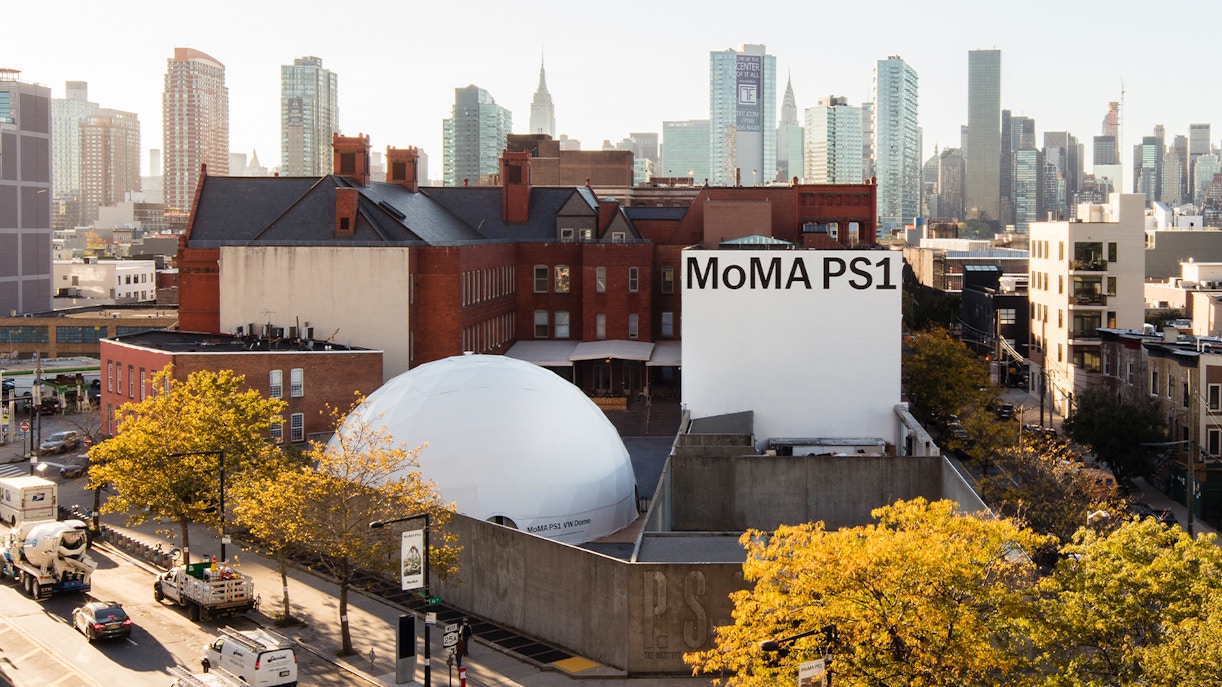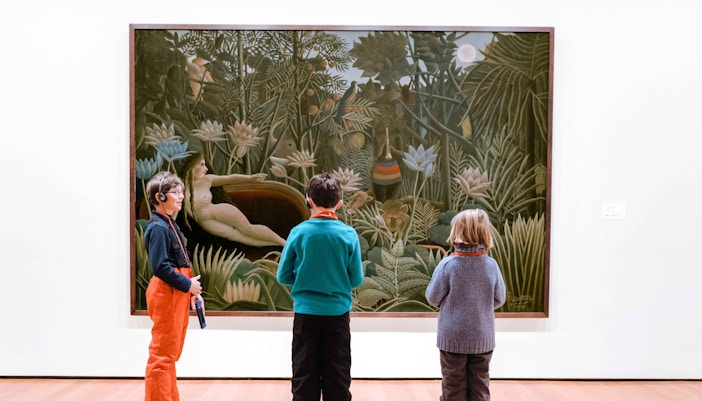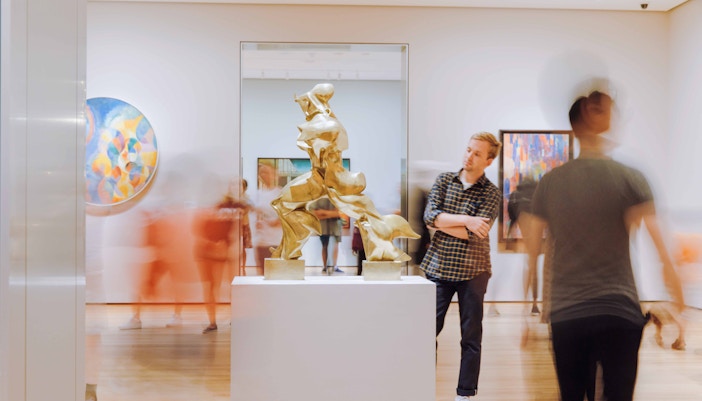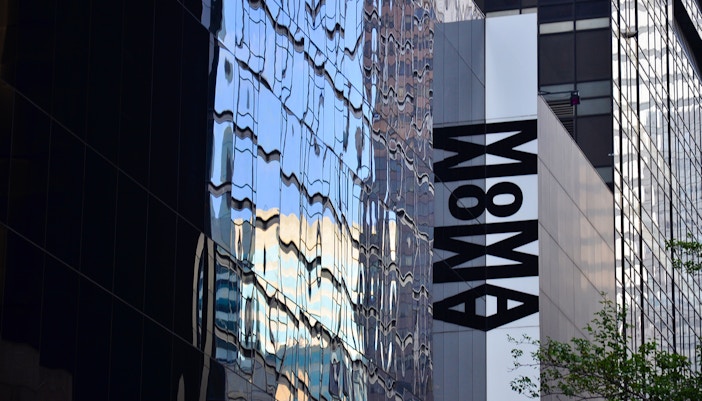History of MoMA PS1
MoMA PS1's journey started with a vision in 1971, when curator Alanna Heiss founded the Institute for Art and Urban Resources, aiming to revitalize underutilized spaces in New York. It began with the Clocktower Gallery, then moved to a former 19th-century public school in Long Island City — its current home.
In 1976, PS1, as it was then known, opened its doors with a groundbreaking exhibition called Rooms. Artists transformed the building's unique spaces, setting the stage for its future as a platform for bold experimentation. The 1980s and 90s saw PS1 flourish under Heiss's leadership, hosting legendary exhibitions like New York/New Wave and Global Conceptualism. It became a magnet for emerging artists and a vital voice in the contemporary art scene.
In 2000, an important partnership with The Museum of Modern Art solidified PS1's position and expanded its reach. The name changed to MoMA PS1, reflecting the deeper connection. Today, from site-specific installations to provocative film screenings, the museum remains a vibrant hub for dialogue and discovery. It's a testament to the enduring power of Heiss's vision and a must-visit for anyone interested in knowing about the ever-evolving world of contemporary art.

























